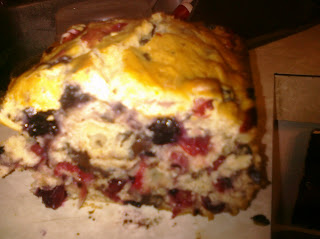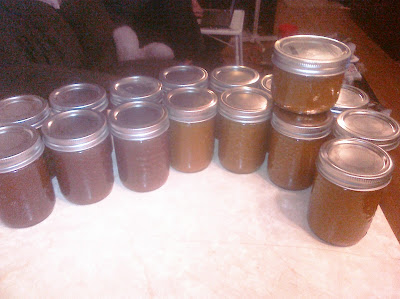If I had to pick one thing that I loved to cook with the most out of all my appliances, pans, pots, and skillets, it would undoubtedly be, without a second thought, my iron skillet. What a beauty. Oh skillet, how do I love thee? You can cook everything in there, from breads to meats to vegetables. This thing is indispensable for every kitchen, BUT you have to know how to take care of it, which is something that I had to learn.
The iron skillet has so many good things about it. It has an excellent heat retention and distribution, and if taken care of, this thing can last forever. But it is subject to rust and that isnt so tasty. That`s why new owners of iron anything have to understand that if they want to keep their skillet in great shape and rust-less (and also develop a perpetual non-stick surface, which is a double whammy), they need to season their skillets.
When I first used my skillet, I didnt season it, and just washed it like I would any other cooking thing, dump it in the hot sink full of water and soap if damage was minimum, or soaked it if it seemed like there would be stuck food. ERROR. After maybe two weeks of this treatment, I noticed that the skillet had this dry look and food kept sticking more and more. Thats when I started doing my research, and found out I was basically killing my skillet.
So what does that mean to season your skillet? Well whenever one cooks with an iron skillet, it is naturally seasoned by whatever you cook inside the skillet. Theoretically speaking, the oils and fats from the meats and other ingredients used within the skillet should seep into the skillet and remain there to season the top. There are so many different ways to season a pan effectively, but it also has to do with cleaning the pan so lets start there.
There are two or three main thoughts on how to clean this skillet. Some people say you shouldnt clean your skillet ever, just wipe it down after use in order to maximize the seasoning. Others use boiling water, a stiff brush, and others still use coarse salt and rub it down. Here is what I use: I change my methods depending on what I cooked in. For example, bread usually just leaves some crumbs and not much else. So then I use some salt and napkins and gently quickly scour the bottom and finished. When I cook meats, I boil some water, put about an inch in and then gently rub the excess gunk out without scouring the bottom.
And here is where the seasoning comes in. I called my grandmother up and asked her what she did to season her pan. And surprisingly, because I never thought my grandmother would use this ingredient, she told me that the secret lies in peanut oil. After every washing, I rub a tiny amount of peanut oil at the bottom of the pan, around the sides, and on the top edge. Not enough to make it glisten, just enough to give it that nice healthy well kept look. And ho and behold, the pan is now non-stick, looks great, and cooks great!
All in all, all this work is 100% worth the skillet and what it does. I love my skillet!
 |
| dinner buns, garlic for the hubbt and rosemary chive for me! |
















